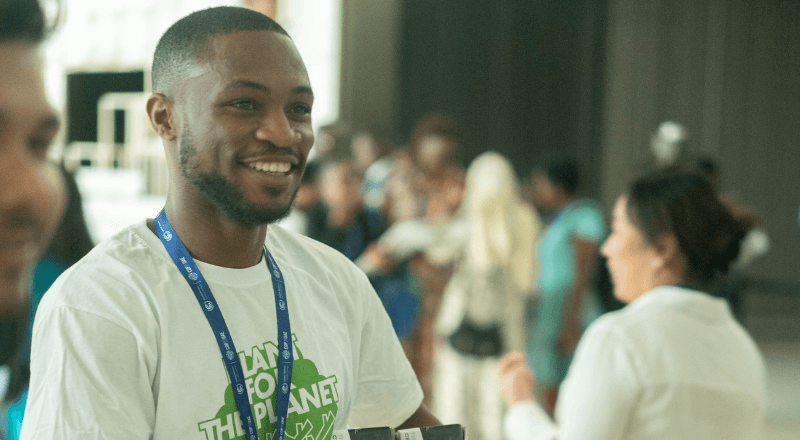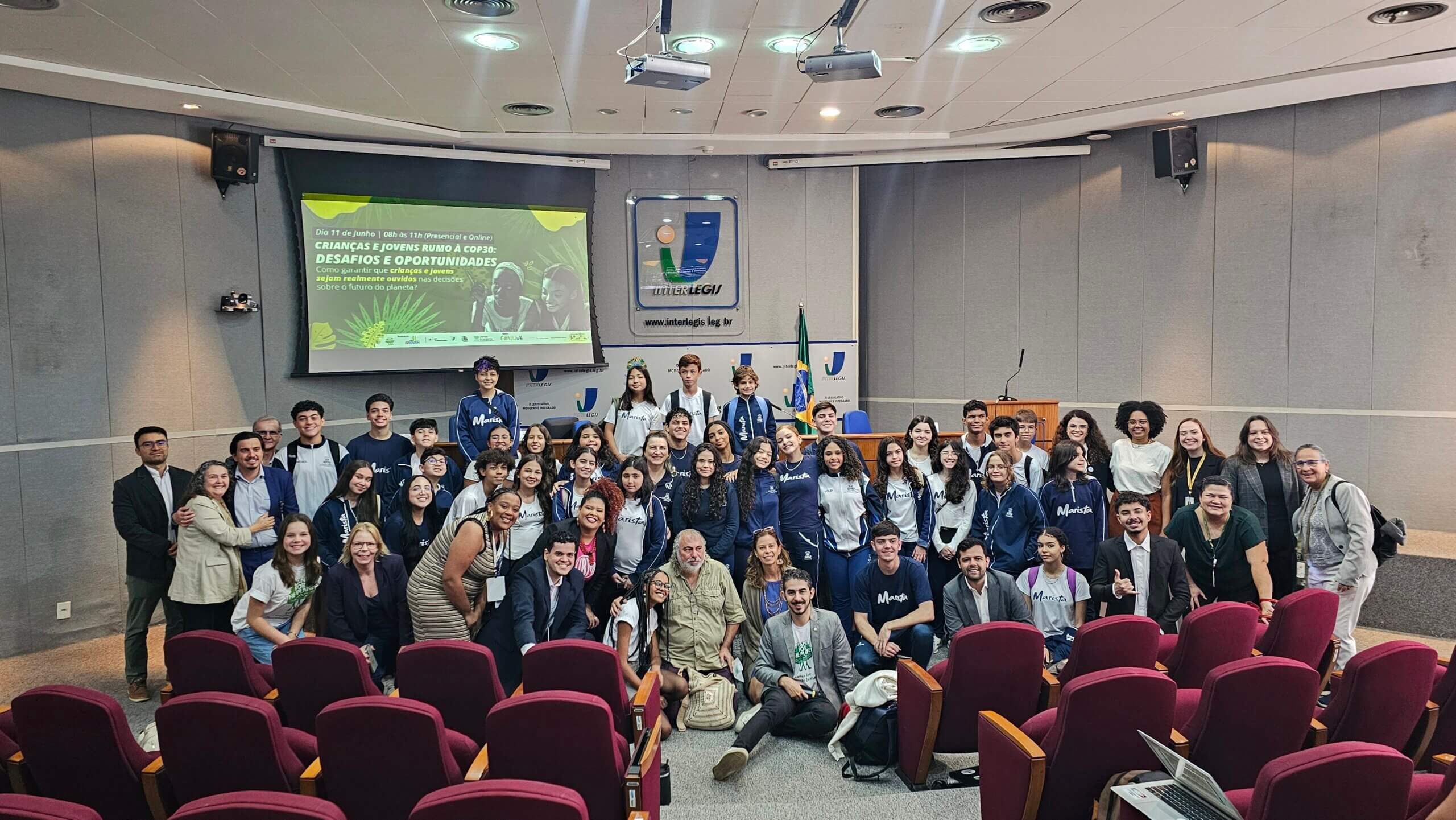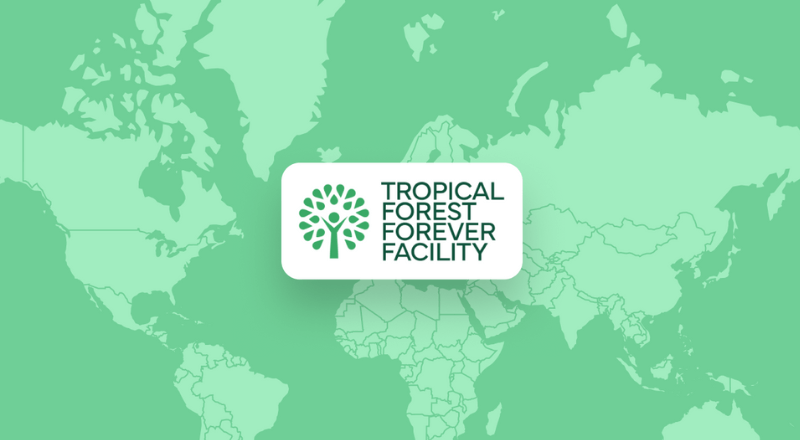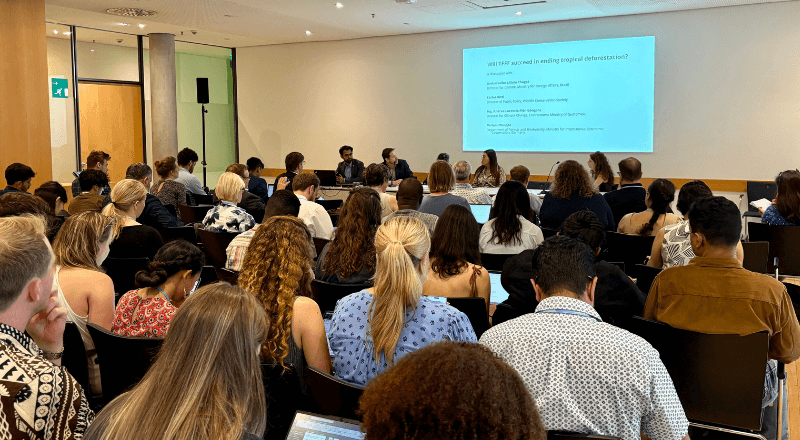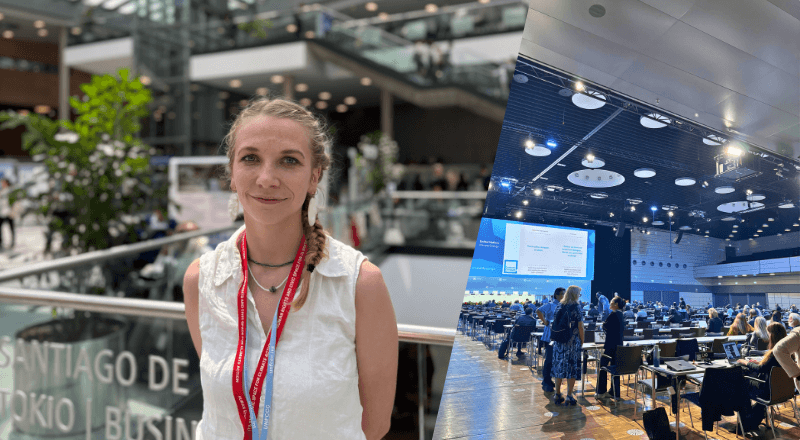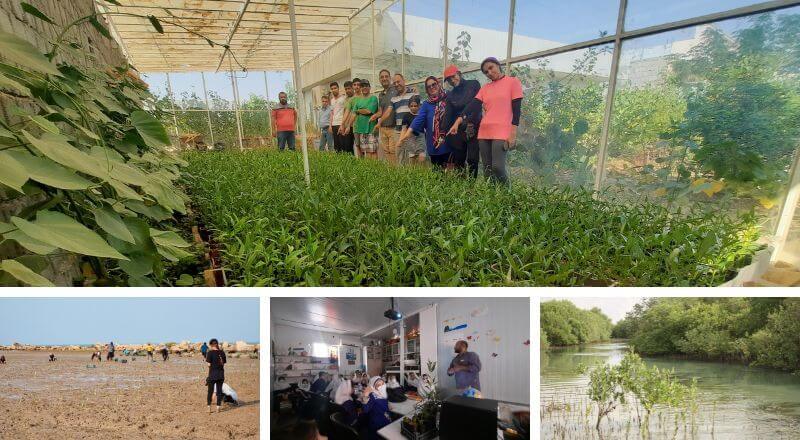
In the heart of the MENA-region (Middle East and North Africa), Iran is one of the most vulnerable countries to climate crisis. As of 2010, Iran had 1.37M ha of tree cover, in 2021, it lost 21.0 ha of tree cover. But its people are not giving up, they are addressing the problem through local solutions.
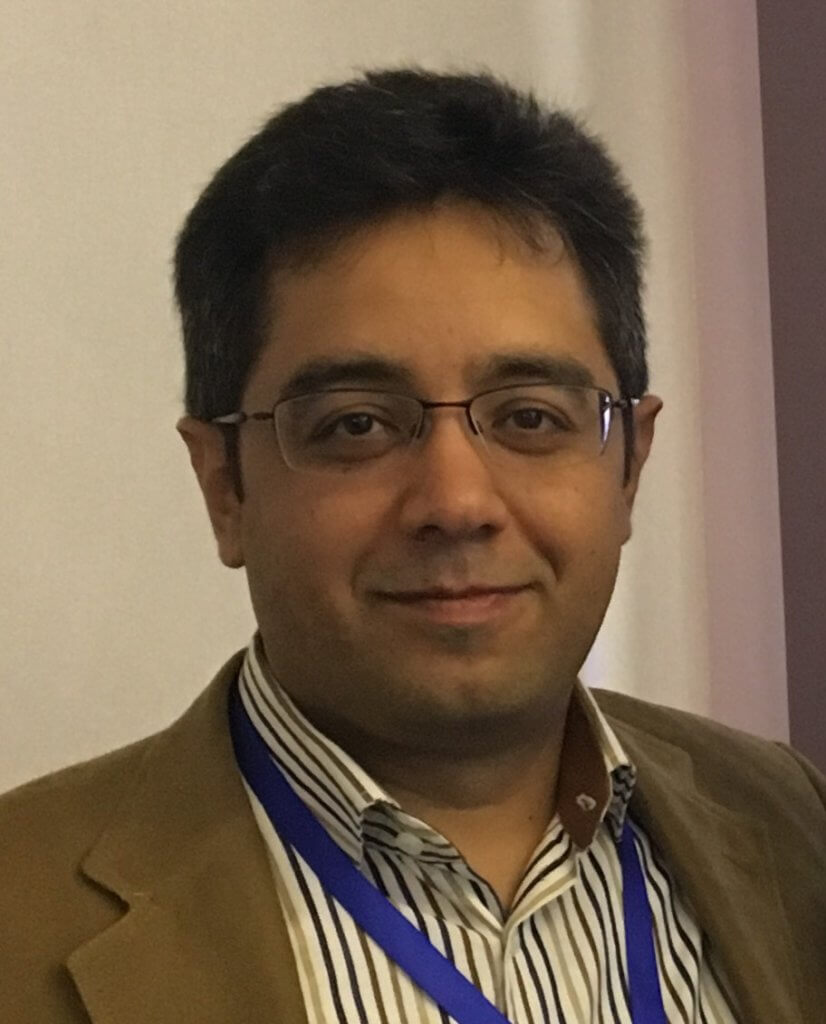
Meet Dr Amin Tamadon, DVM, PhD and principal investigator in PerciaVista Co., Shiraz, Iran. Five years ago, he became a member of the board of directors of Beauty Planet Association that has been planting mangrove trees since 2011 in Bushehr province of Iran, in the northern part of the Persian Gulf. As a new project on the Plant-for-the-Planet Platform, we spoke to him on how they have restored mangrove forests in more than ten places in this province educating children and local communities.
Mangroves Our Best Bet
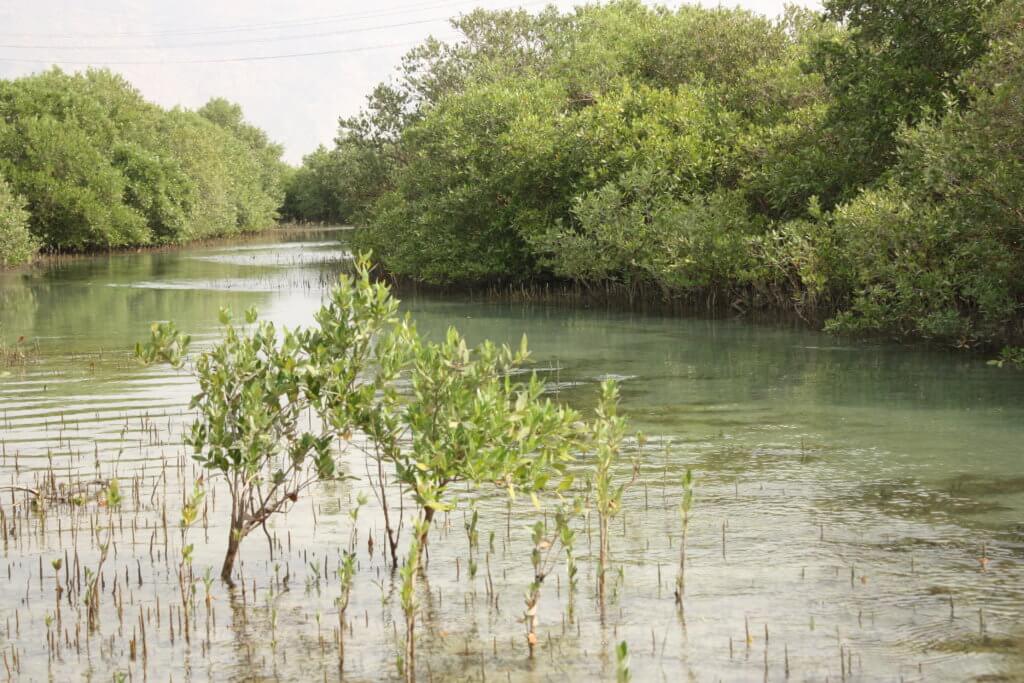
Dr Amin Tamadon: Our association is a non-governmental organization at the provincial level, which has more than 100 active members with the support of the General Administration of Natural Resources and the General Administration of Environment of Bushehr province. Every week and at weekends, we plant trees in the target habitats with the appeal of the people and the seedlings produced by the association or the General Directorate of Natural Resources. We plant an average of 1,000 to 1,500 Avicennia marina mangrove seedlings in these habitats every time. So far, our association has planted more than 300,000 mangrove seedlings, and now 1- to 11-year-old trees have been grown in these mangrove wetlands by local people.
This short video shows what we do: Hara Planting for Beauty Planet
The main motivations of the Beauty Planet Association to reforest these habitats include the fact that mangrove trees are one of the best plant species in absorbing carbon dioxide and fighting against climate change. The Persian Gulf is one of the polluted seas due to oil resources and ship traffic, and mangroves are a suitable bio-filter. The aquatic creatures of the Persian Gulf have decreased drastically in recent years due to the loss of coral reefs, pollution and global warming, and the increase of mangrove trees provides new wetland ecosystems for fish and other aquatic animals. Lastly, due to warming and industrial development, we have lost many wetlands in the Middle East, and native and migratory birds find a chance to survive in the restored wetlands. Related article of Beauty Planet Association project has been published in Wetlands Ecology and Management: Reforestation of grey mangroves (Avicennia marina) along the northern coasts of the Persian Gulf.
Increasing Local Community Participation
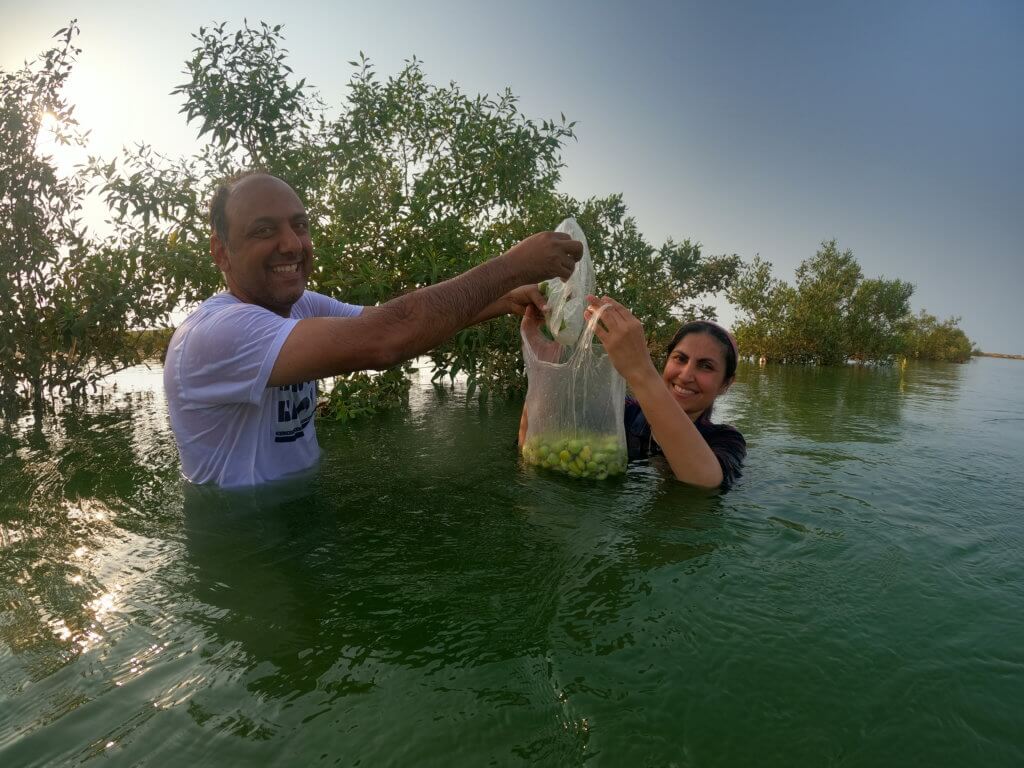
Increasing awareness of the local community about mangroves has amplified participation in the protection of mangrove wetlands and the formation of new people’s groups in the province to expand mangrove habitats. Realizing the positive effect of these wetlands, government organizations have provided more support in the expansion and protection of these wetlands and have allocated funds and credits for the production of seedlings. In the first years of the project, there were limitations due to the lack of awareness of the communities and organizations, but today, with the increase in awareness, the obstacles have been removed.
Being part of the Plant-for-the-Planet Platform
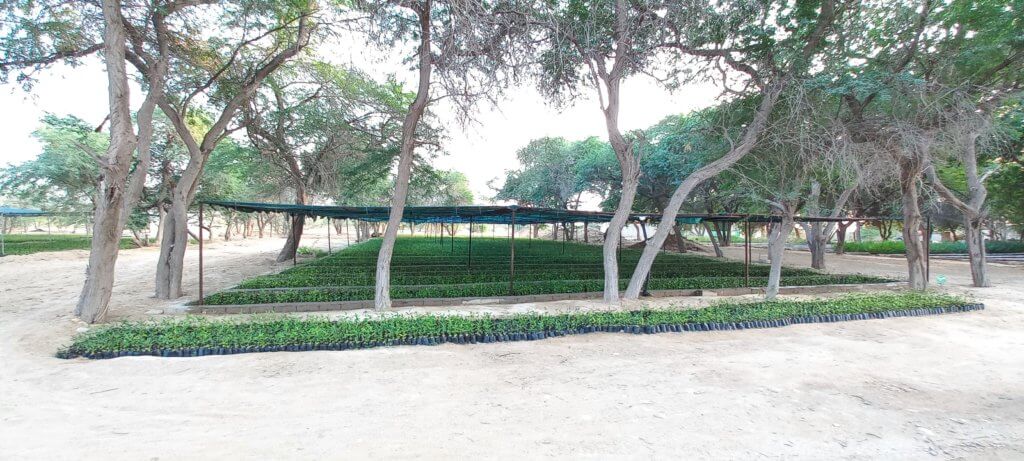
We got acquainted with Plant-for-the-Planet through the Internet and the performance of your international movement and the cooperation with the United Nations encouraged us to cooperate with you. Appropriate and quick response and simple structure far from common administrative processes are the most important attractions of the platform you’ve built. Thanks to Plant-for-the-Planet’s cooperation with the United Nations, as well as our country’s membership in the United Nations Development Program, has removed the legal obstacles to cooperation.
From Donations to Planting
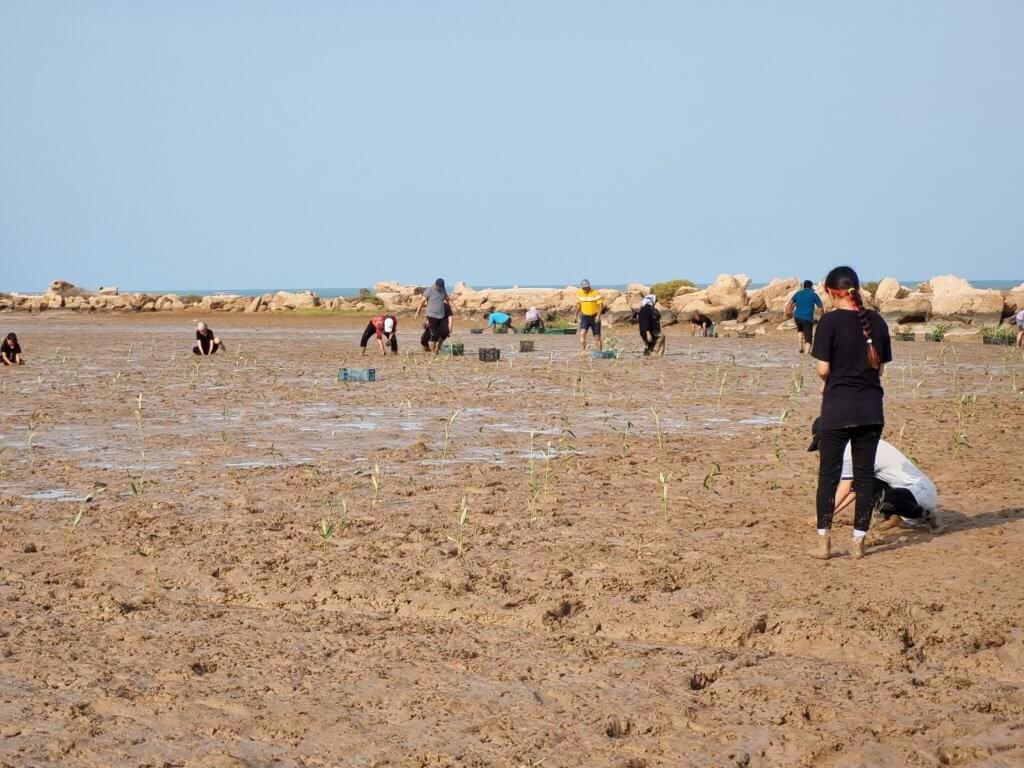
30% of the amount paid by donations will be used to start a mangrove nursery. 60% will be the cost of preparing pots and salt water pools, collecting mangrove propagules and planting. After surveying and mapping the planting sites, the planting technicians and supervisors are invited to work with the local people near the wetland to create awareness, introduce the project and plant. This is associated with holding meetings and seminars in the villages around the mangrove wetlands. The number of participants and other necessary information will be announced in these gatherings. The first practice when planting in the wetlands is to transfer the seedlings from the discharge site to the planting site by boats. Then the seedlings are arranged at a distance of one meter at the time of rooting in the planting site. Volunteers plant mangroves at a distance of one meter on the day of planting in the marshy land of inter-tidal zones. 10% of the costs will include the transfer of volunteers to the planting site and reception from them.
Seedlings are evaluated and counted before transfer and after planting in the sites. Volunteers are carefully monitored so that they do not rush the planting time, as any damage to the seedlings may affect the plant’s optimal growth and ultimately survival rate. The seedlings are placed in the swamp land after creating a hole 30 cm deep and 15 cm in diameter, and they are filled and covered with swamp sediments so that the sea water flow does not cause the seedlings to come out during the high tide.
Community Volunteering, Documentary Film Nights
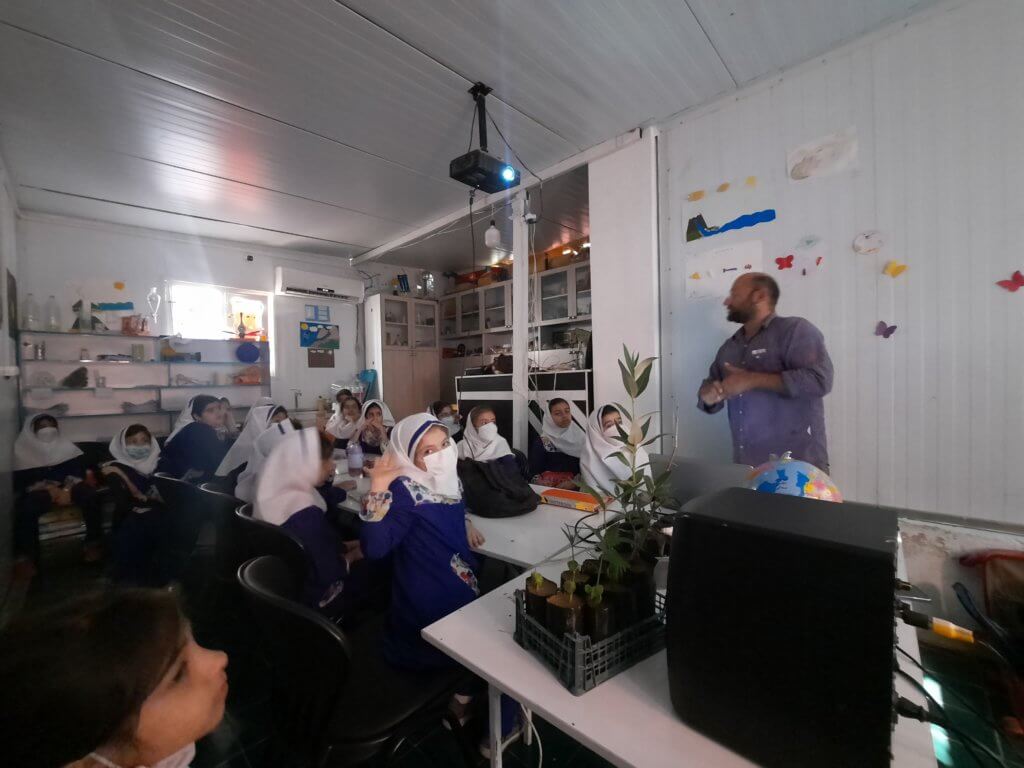
Every week, with the help of social media and our local network, we invite environmentalists and nature-loving activists to plant trees in different villages’ coasts. Since our association is located in one of the villages of the province, the trust and cooperation of neighboring and even distant rural communities with the members of the association is comparable to other associations located in cities.
Women and children are the main pillars of our educational and tree-planting activities. In all programs, half of the tree-planting population is made up of volunteer women and children. Children and teenagers who participate in the association’s tree planting programs come with their families or in school training camps to plant mangroves. One of the activities of the association is teaching in schools of different educational levels. In these educational programs, children and teenagers learn about the importance of mangrove wetlands and their protection. They learn new things about the importance of fighting global warming. Finally, on weekends or monthly holidays, they participate in planting mangrove trees with their teachers or parents.
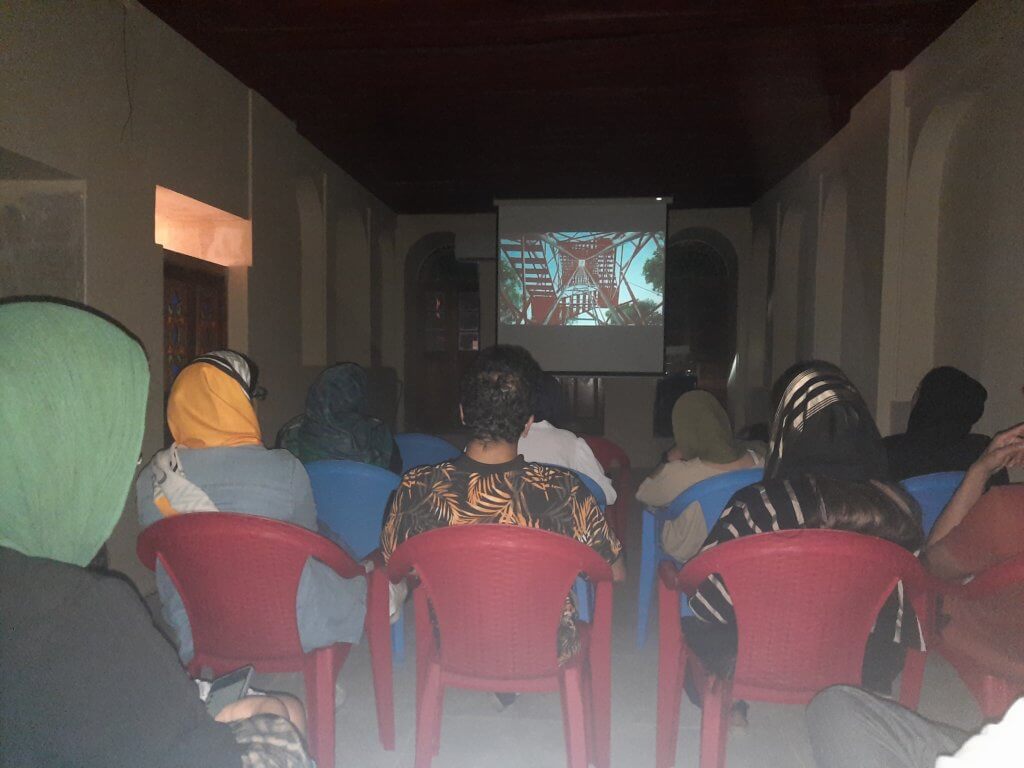
One of the incentives of our association is to hold documentary film nights to encourage arborists and familiarize them with various aspects of environmental activities. This activity is done every week in a traditional hotel in Bushehr city for the presence of interested people for free, and at the end of the documentary, the participants review the content of the film in the presence of one of the successful documentary filmmakers of the province, Reshad Balef.
One of the feature film called “River of Lian” introduced two river wetlands in Iran from the source to the sea and introduced its wildlife. The second feature documentary, which was prepared about the marine species of zoanthus with the same name “Zoanthus“, one of the animal in coral reef ecosystem is discussed. In the third documentary called “Aroos e Vajegoon“, Cassiopea andromeda is introduced in a long documentary. In the foruth documentary called “Raphael“, the importance of marine artificial habitats is discussed, focusing on the shipwrecked ocean ship Rafael in the Persian Gulf and marine creatures which are living it.
Sourcing Seedlings, Planting…
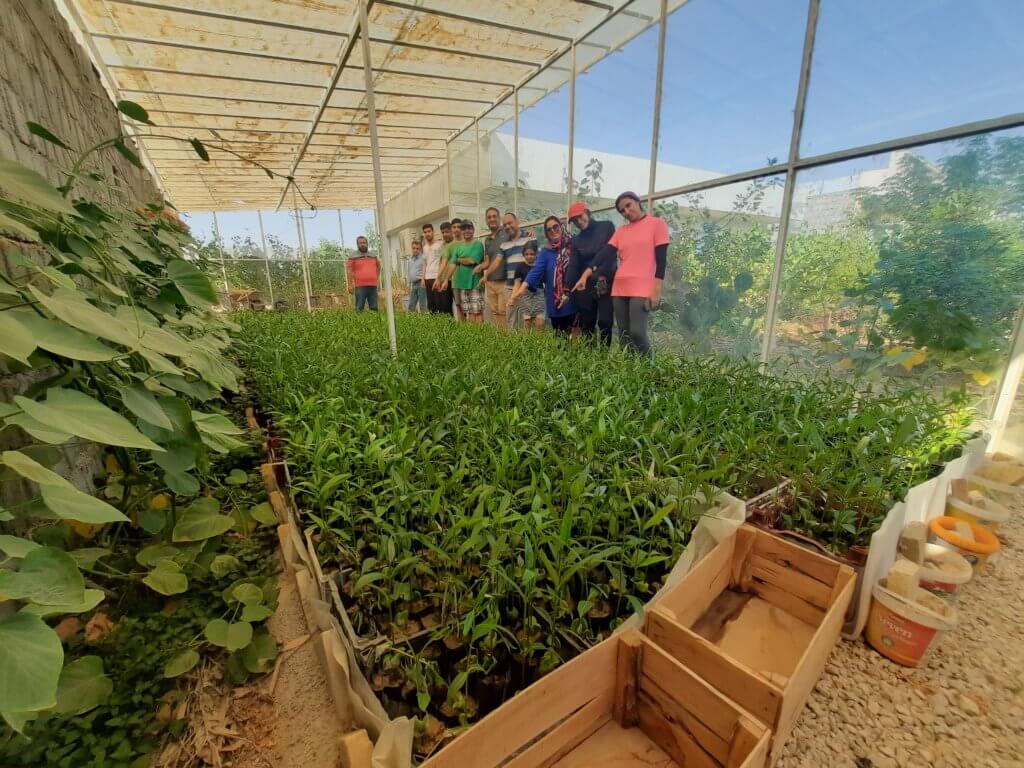
With the help of the association members and other volunteers, we produce seedlings in a greenhouse with a capacity of 5,000 mangrove seedlings in the village every year during the seedling production season, i.e. mid-summer to early autumn. The General Administration of Natural Resources of Bushehr province also produces 200,000 mangrove seedlings per year in one of its greenhouses, which it provides to the association every year. Donors and volunteers buy saplings from sapling producers in the country and gift them to the association for planting. Currently, there is no special choice for choosing this type of plant, which is the only tree that grows in these mangrove wetlands despite the very harsh conditions of the Persian Gulf.
Being Part of the Trillion Tree Campaign…
This campaign is the most important way to save the earth to prevent the sixth extinction and save living creatures and humans. Our community’s only wish is to see the largest forests in the world and to see global warming halted and then reversed. We would like to see that the mangroves planted in the Persian Gulf increase every day and play their role in our joint fight against the climate crisis.
We don’t have time to procrastinate. Stop talking. Start planting.
Visit Hara Planting to learn more. You can follow them on Instagram and YouTube.
